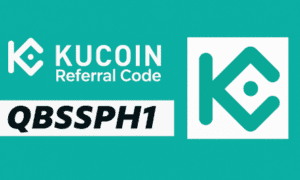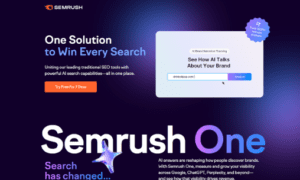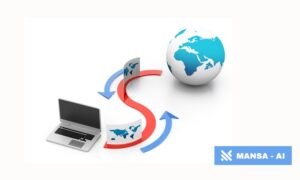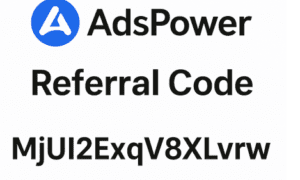Introduction
Finding the right inspection software means more than just digitizing forms—it’s about ensuring quality, compliance, and consistency across your operation.
Inspection software provides a centralized hub where teams can conduct mobile inspections, track asset health, and manage follow‑ups in one intuitive interface. From warehouse safety to vehicle fleets and food safety, the right system can shave hours off admin work, drastically cut report turnaround time, and allow real-time alerts that save money and lives.
1. Critical Features to Look For
Customizable Forms & Templates
Create tailored checklists by department, location, or asset type. Condition-based questions (e.g., show if x > threshold).
Offline Mobile App
Essential for inspectors in remote or low-signal environments. Auto-sync when back online.
Photo & Annotation Tools
Take pictures, highlight defects, and annotate directly on images to clarify issues.
Real-Time Alerts & Workflows
Set rules that instantly assign follow-up tasks or escalate high-priority defects.
Analytics & Dashboards
Visualize inspection frequency, defect categories, or team performance with charts and heatmaps.
Reporting & Export Formats
Generate branded PDFs, Excel exports, or share links via email or Slack/Teams integrations.
Role-Based Access Control
Determine who can edit templates, view reports, or do inspections—critical for compliance.
System Integration
Look for connectors to your ERP, CMMS, CRM, or IoT systems to streamline data flow.
2. Vendor Shortlisting & Evaluation
Understand Your Requirements
List types of inspections, teams, frequency, locations, and integrations required.
Create a Feature Checklist Spreadsheet
Score vendors across core features, pricing, UI, support, and mobile experience.
Request Demos with Your Scenarios
Test the system on your actual forms—don’t just observe.
Pilot with Select Teams
Roll out to a small group: measure usability, performance, and adoption.
Check Support & SLAs
Ensure 24/7 support if operating globally or critically; review uptime guarantees.
Review Security Posture
Ask for SOC 2 or ISO 27001 certifications, and data encryption methods—especially if handling PI or regulated data.
Verify Pricing Model
Watch for per-inspector vs. per-form costs, module-based pricing, or overage fees.
3. Implementation Roadmap
Phase 1 – Planning
Stakeholder alignment, training schedules, template exports, tech integration planning.
Phase 2 – Setup
Build.template library, configure roles/permissions, set default workflows.
Phase 3 – Pilot Program
Collect pilot data, feedback, and adjust forms or training. Document any missing features.
Phase 4 – Go-Live
Roll out region- or team-wise with support on standby. Send banner notices or host kickoff calls.
Phase 5 – Continuous Improvement
Hold weekly/bi‑weekly review meetings. Monitor KPIs—inspection turnaround, issue closure times, compliance audit results.
4. Best Practices & Pitfalls to Avoid
Focus on Adoption, Not Just Tech
Drive inspection software success through culture, not just digitization. Provide incentives and celebrate wins.
Maintain Template Governance
Avoid “checklist sprawl” by appointing a forms committee—review and retire unused templates quarterly.
Use Data for Improvements
Mature teams mine inspection results to identify recurring failure modes—triggering root‑cause analysis sessions.
Balance Automation
Start with core workflows; add advanced rules and integrations over time—not all at once.
Avoid RFP Paralysis
Prioritize a shortlist of 2–3 vendors and run quick, pumped-up pilots instead of getting stuck on specs.
Conclusion
Investing in inspection software means investing in operational excellence. By defining your needs, evaluating vendors with real use cases, and running structured pilots, you position your team to transform compliance, asset management, and employee safety.































